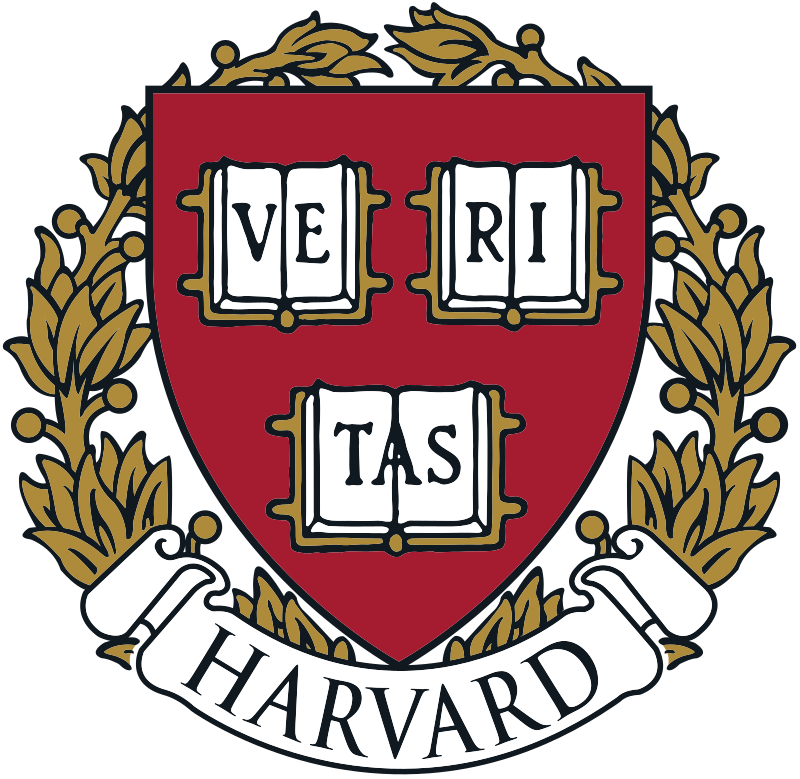Team
Principal Investigator
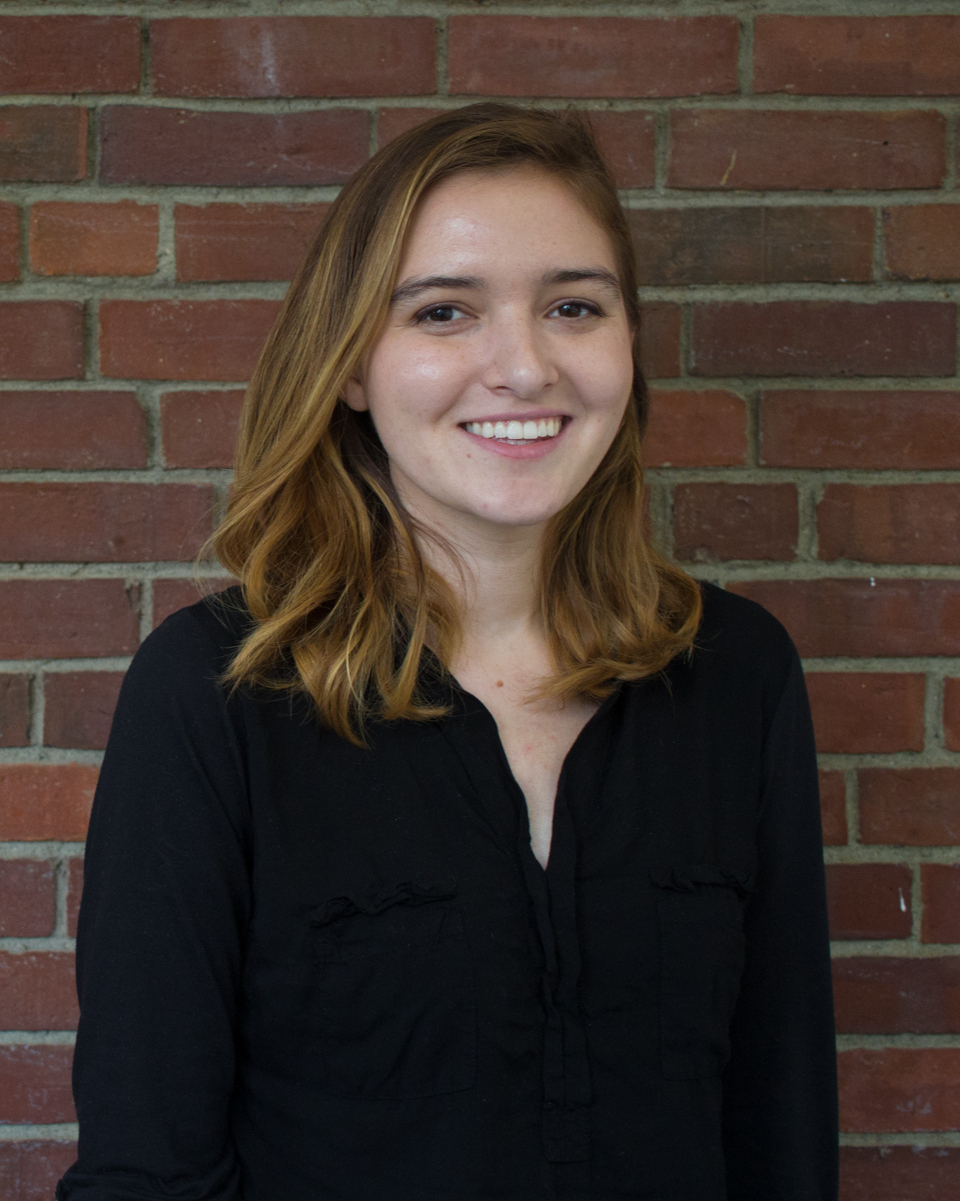
Dr. V. Ashley Villar
Dr. V leads the TDA Data Lab! If you are interested in joining the group, please learn more here.
Postdoctoral Fellows
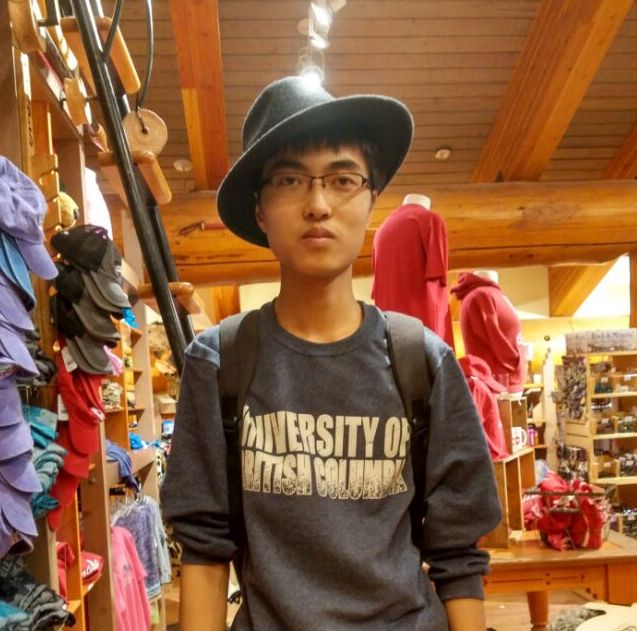
Dr. Yize Dong
Yize studies the progenitors of Type Ibn supernovae—stripped-envelope explosions interacting with helium-rich circumstellar material. He also works on foundation models for supernovae, with a focus on incorporating host galaxy context to improve physical inference.
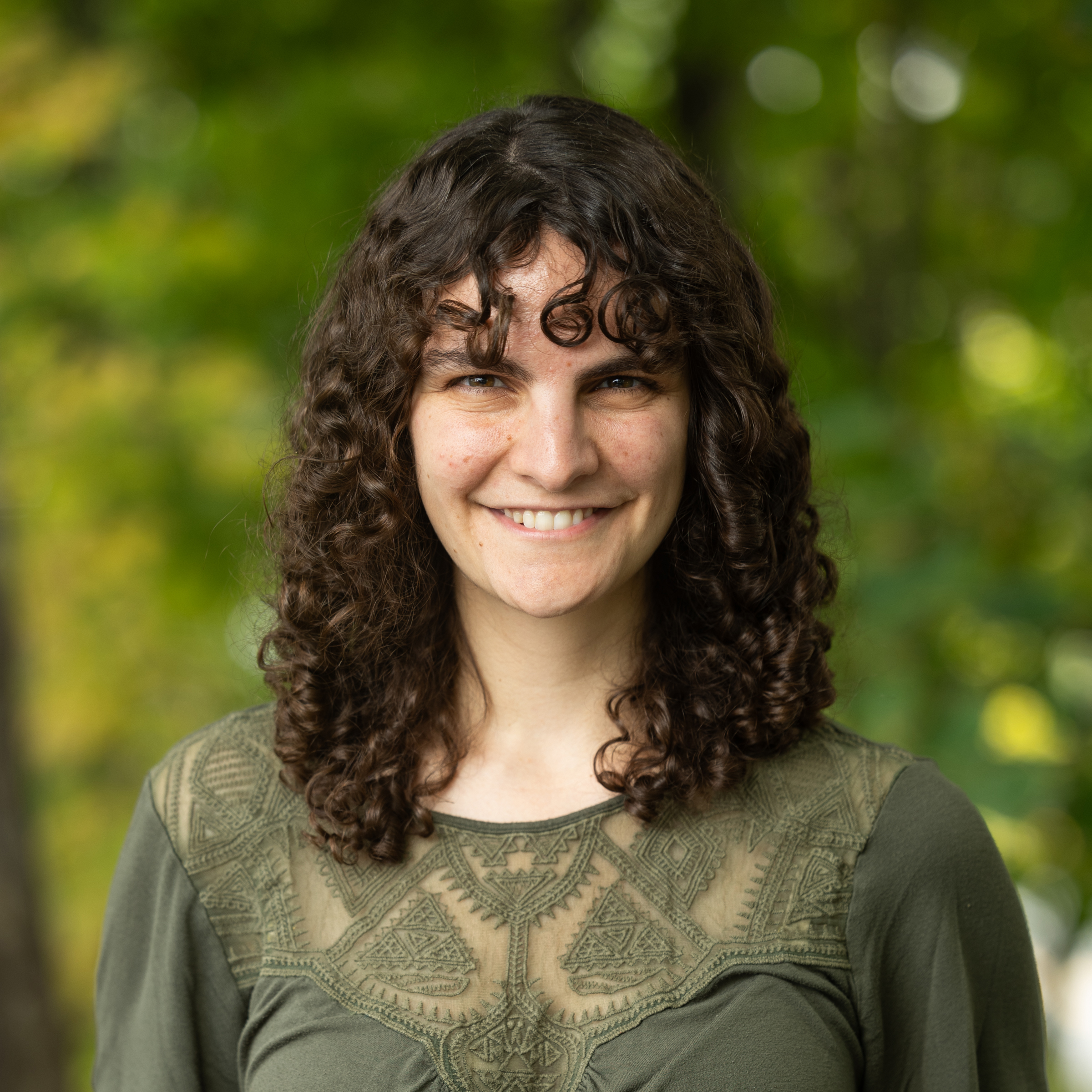
Dr. Danielle Frostig
Danielle is an NSF AAPF postdoctoral fellow studying infrared-bright transients. She is the PI of Boombox, a pair of twin low-resolution, high-sensitivity optical spectrographs built for MMT and Magellan.
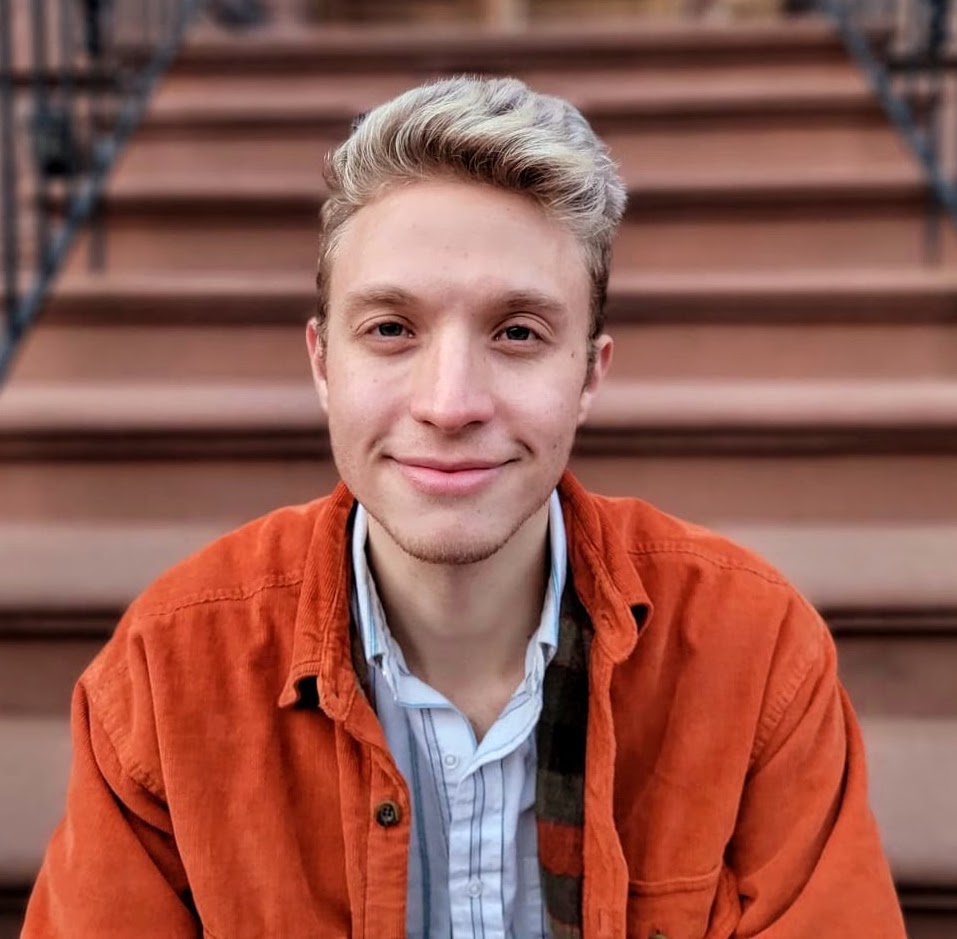
Dr. Alex Gagliano
Dr. Gagliano is an independent IAIFI fellow and collaborator of the group. He combines data-driven and observational methods to understand core-collapse supernovae.
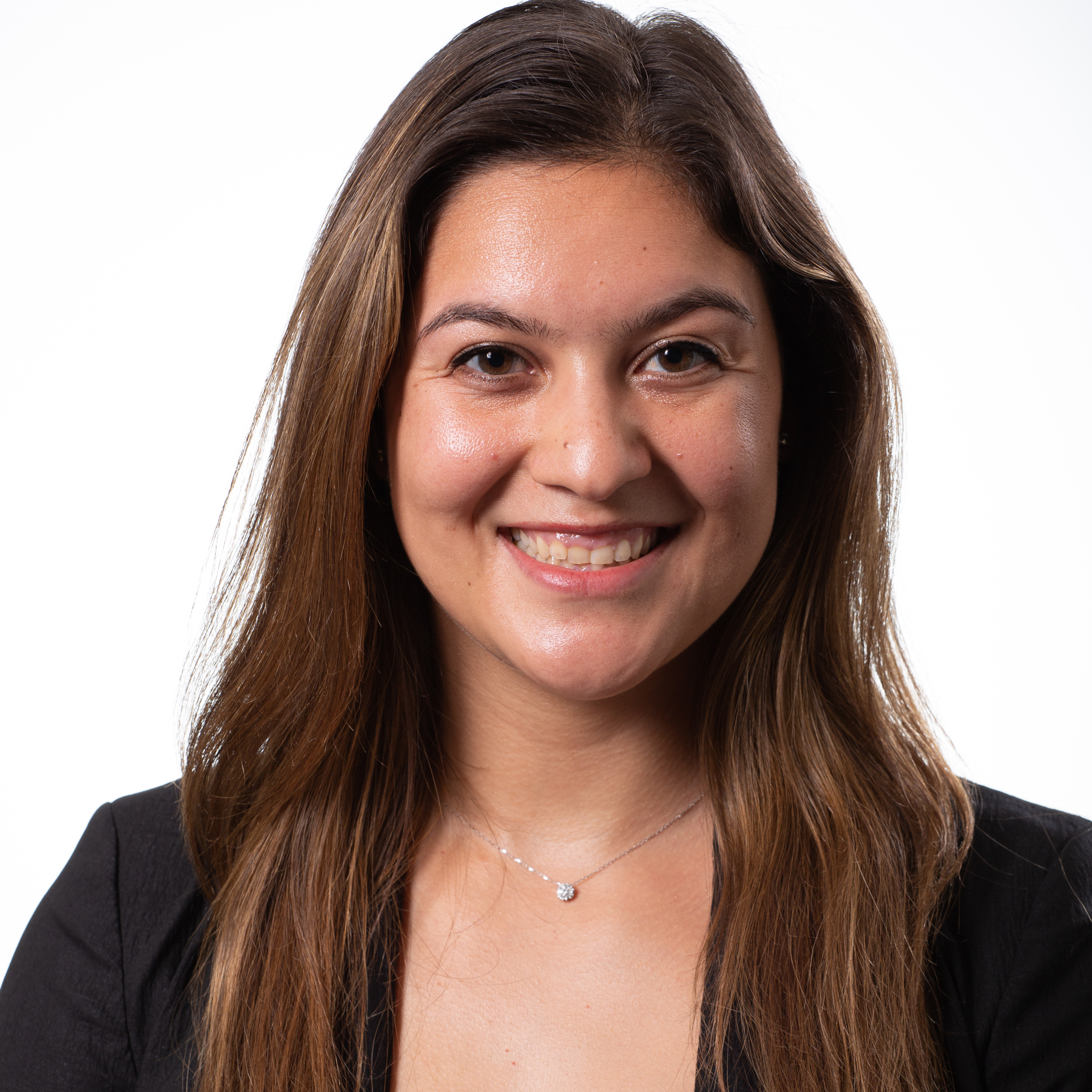
Dr. Anya Nugent
Anya studies the host galaxies of supernovae and other transients, using large samples to uncover connections between transient types and their progenitor systems.
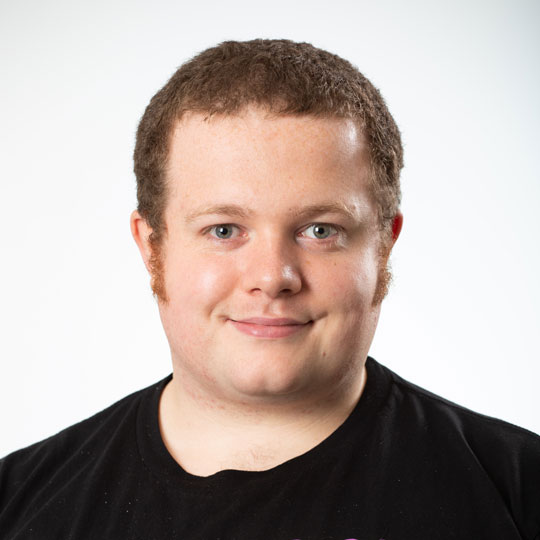
Dr. Conor Ransome
Dr. Ransome studies the progenitors of interacting (Type IIn) supernovae.
Graduate Students
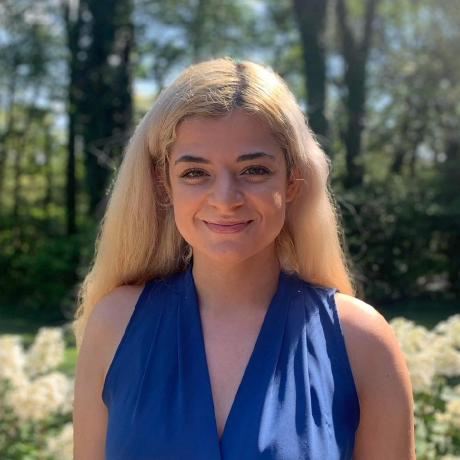
Kaylee de Soto
Kaylee develops machine learning methods to classify supernovae in real time. Most recently, she has used these classification algorithms to understand hydrogen-rich (Type II) core-collapse supernovae.
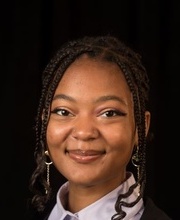
Sarai Rankin
Sarai uses analytical models to understand luminous red novae -- a new class of transients thought to arise from the common envelope ejection of binary systems.
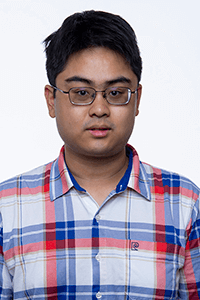
Ken Shen
Ken uses continous time-series models to understand active galactic nuclei.
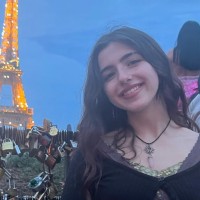
Anna Tartaglia
Anna uses machine learning and radiative transfer simulations to study kilonova populations and the observability of GRB thermal counterparts with LSST. As an undergraduate, she developed methods to detect precursor emission from core-collapse supernovae.
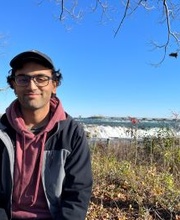
S. Karthik Yadavalli
Karthik uses a combination of observational and machine learning methodologies to understand stripped-envelope supernovae. Most recently, he works on new emulation techniques for radiative transfer simulations of stripped-envelope supernovae.
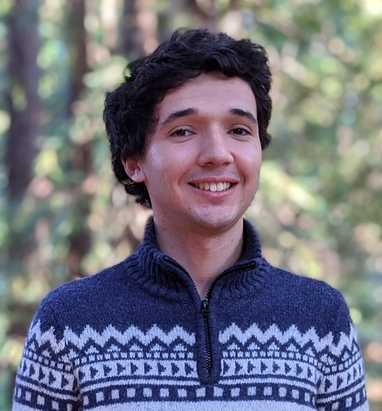
Ricardo Yarza
Ricardo is a graduate student from UCSC and a long-term visitor of the group. He uses analytical and computational methods to study a range of astrophysical phenomena. He is particularly interested in the interactions between stars and their companions, such as planets, other stars, and compact objects.
Undergraduate Students
- Joaquin de Castro (Harvard)
- Prajna Nair (MIT)
Lab Mascot
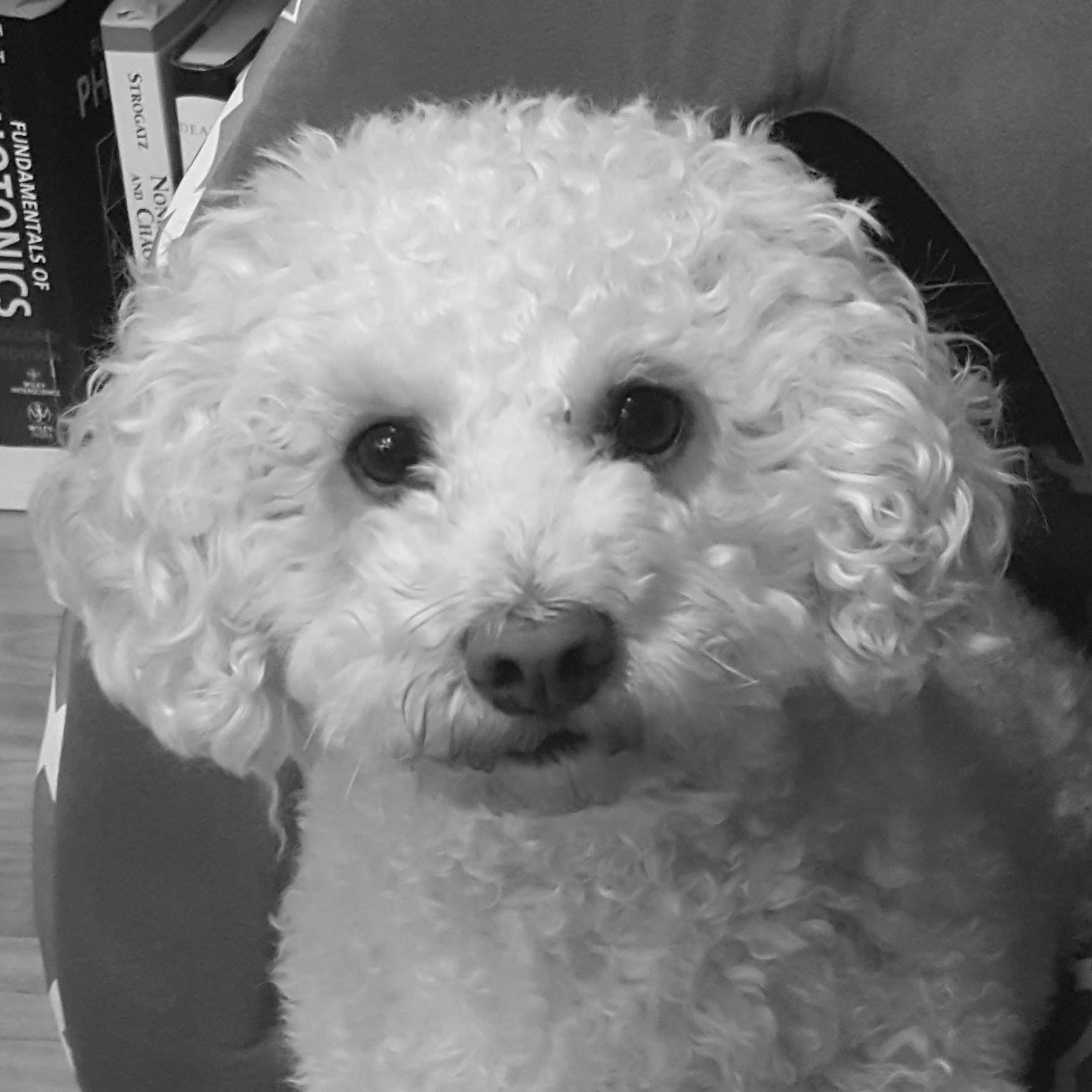
Apollo
Our beloved lab mascot and good boy! 🐕
Alumni
We are grateful for the contributions of our former lab members:
- Adam Boesky
- Callie Garcia
- Charis Graham
- Christine Gyure
- Mohammed Sakib
- Zion Smith
- Sebastian Attlan
